Why You Should Take a Breastfeeding Class: Podcast Episode #166

Kristin chats with Kelly Emery of Baby Beloved about why moms should take a breastfeeding class during pregnancy. You can listen to this complete podcast episode on iTunes, SoundCloud, or wherever you find your podcasts. Welcome. You’re listening to Ask the Doulas, a podcast where we talk to experts from all over the country about […]
Breastfeeding and Tongue Ties
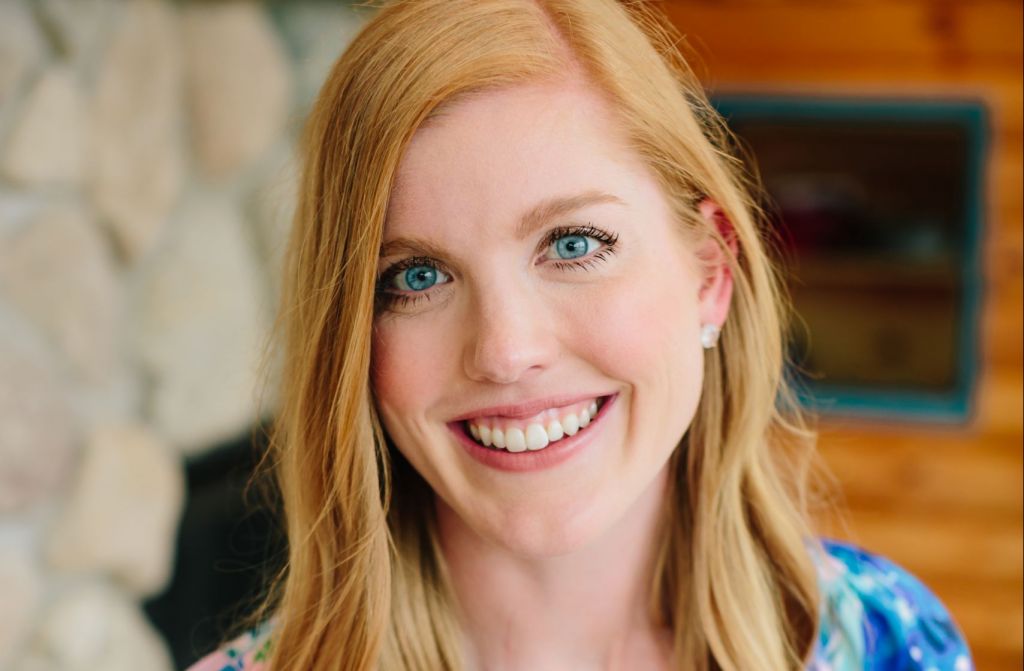
Breastfeeding is Hard Enough… If you are struggling with breastfeeding or experiencing pain when nursing, there may be a reason. It is not normal to experience pain when nursing and may be a sign of oral restrictions such as lip, tongue, and buccal (cheek) ties that can impact a baby’s ability to breastfeed. Lip, tongue, […]
Saturday Series of Classes: Podcast Episode #102
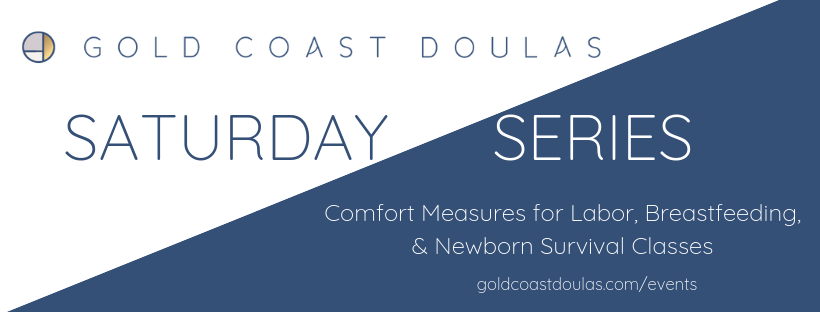
Kristin Revere, Kelly Emery, and Alyssa Veneklase talk about their Saturday Series of classes offered through Gold Coast Doulas. Each goes in to detail about what their classes cover including Comfort Measures for Labor, Breastfeeding, and Newborn Survival. You can listen to this complete podcast episode on iTunes or SoundCloud. Kristin: Welcome to Ask […]
Coronavirus Update on Doulas: Podcast Episode #94

Kristin and Alyssa, Co-Owners of Gold Coast Doulas, give an update on doulas and the coronavirus. How is this affecting birth doulas in the hospital and postpartum doulas in the home? They also talk about virtual classes such as Mama Natural Online to help new parents stay prepared while social distancing. You can listen to […]
The Swaddelini Swaddle: Podcast Episode #93

Liz Hilton, founder of Swaddelini, tells us about the unique process she uses to create her amazing swaddle and why her swaddle is different. You can listen to this complete podcast episode on iTunes or SoundCloud. Kristin: Welcome to Ask the Doulas with Gold Coast Doulas. I’m Kristin. Alyssa: And I am Alyssa. Kristin: And […]
Meet our new IBCLC, Kelly Wysocki-Emery!

We are thrilled to have Kelly join the Gold Coast Team. Many of our doulas have used Kelly personally for lactation consultations with their own children. She comes to us with years of experience and a trusted name in the community. 1) What did you do before you became a lactation consultant? In a former […]
Baby-Friendly Hospital Initiative: Podcast Episode #89
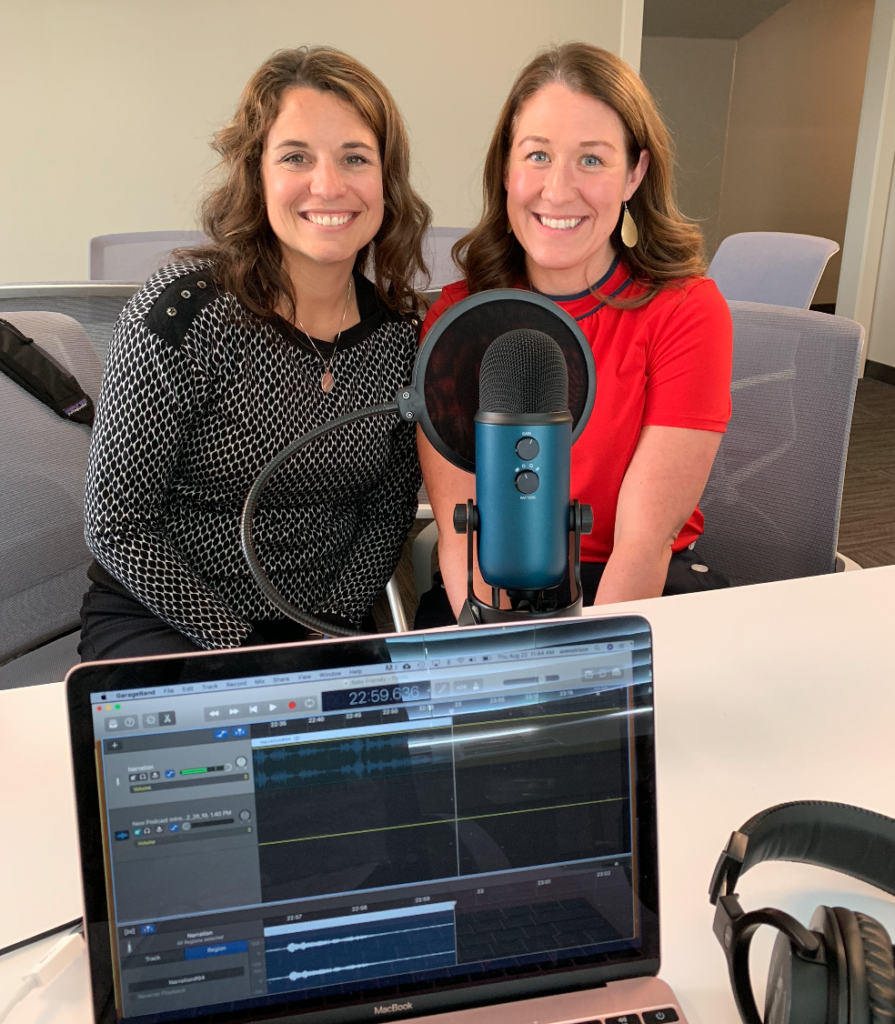
Today we speak with Katie and Becky from Spectrum Health in Grand Rapids about what it means to be a designated Baby-Friendly hospital. You can listen to this complete podcast episode on iTunes or SoundCloud. Kristin: Welcome to Ask the Doulas with Gold Coast Doulas. I’m Kristin, co-owner, and I’ve got Alyssa here. And we’ve […]
Maddie’s Birth Story: Podcast Episode #83
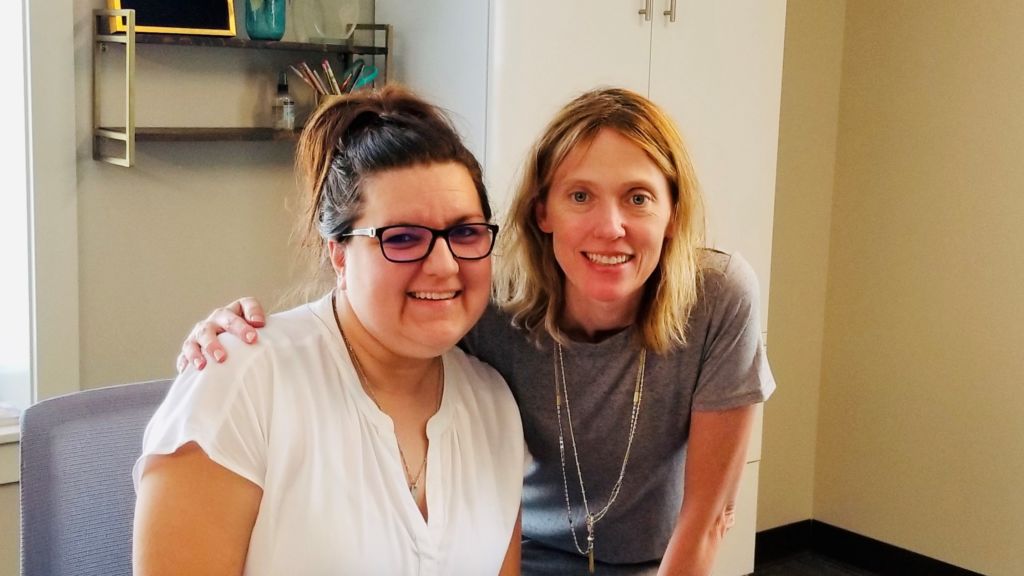
Our listeners love hearing a positive birth story. Today Maddie, a previous HypnoBirthing and Birth client, tells us all about her labor and delivery as well as her experience in the hospital right after having her baby. You can listen to this complete podcast episode on iTunes or SoundCloud. Kristin: Welcome to Ask the Doulas […]
7 Ways To Save Money When Having A Baby

Emily Graham is the creator of mightymoms.net. She believes being a mom is one of the hardest jobs around and wanted to create a support system for moms from all walks of life. On her site, she offers a wide range of information tailored for busy moms — from how to reduce stress to creative […]
Jamie’s Breastfeeding Experience: Podcast Episode #76
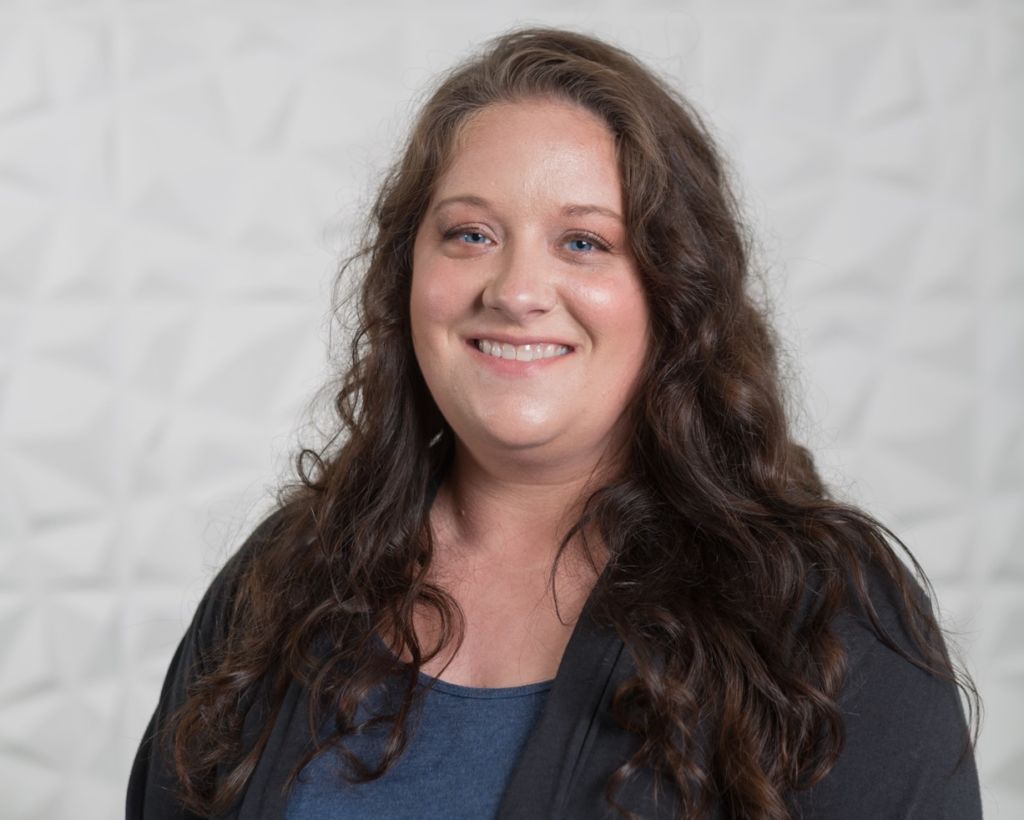
Jamie Platt, Birth and Postpartum Doula with Gold Coast Doulas, tells us about three completely different breastfeeding experiences with her three children. This podcast was recorded over a year ago, and Jamie is now a certified lactation counselor. You can listen to this complete podcast episode on iTunes or SoundCloud. Alyssa: Hi, welcome to another […]
Benefits of A Postpartum Doula and Why Should You Hire One?
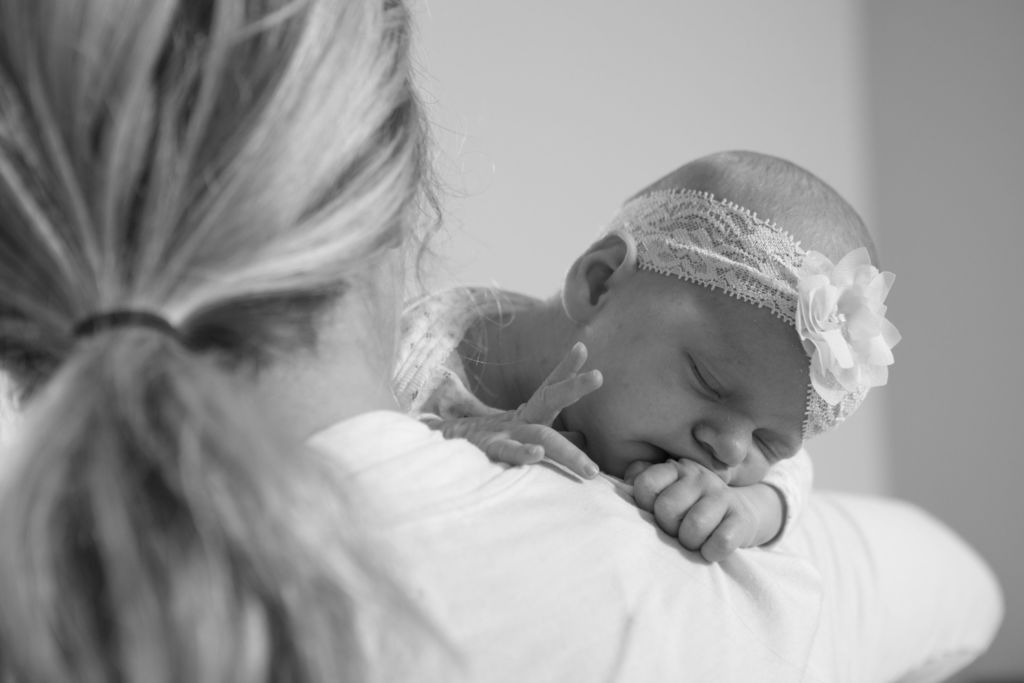
Author Bio: Roselin Raj is a journalist and a writer. She has been writing extensively on health and wellness related topics for over a decade. Besides her professional interests, she loves a game of basketball or a good hike in her free time to fuel her spirits. “Health is wealth” is one motto of life […]
What’s the tongue have to do with breastfeeding? Podcast Episode #75
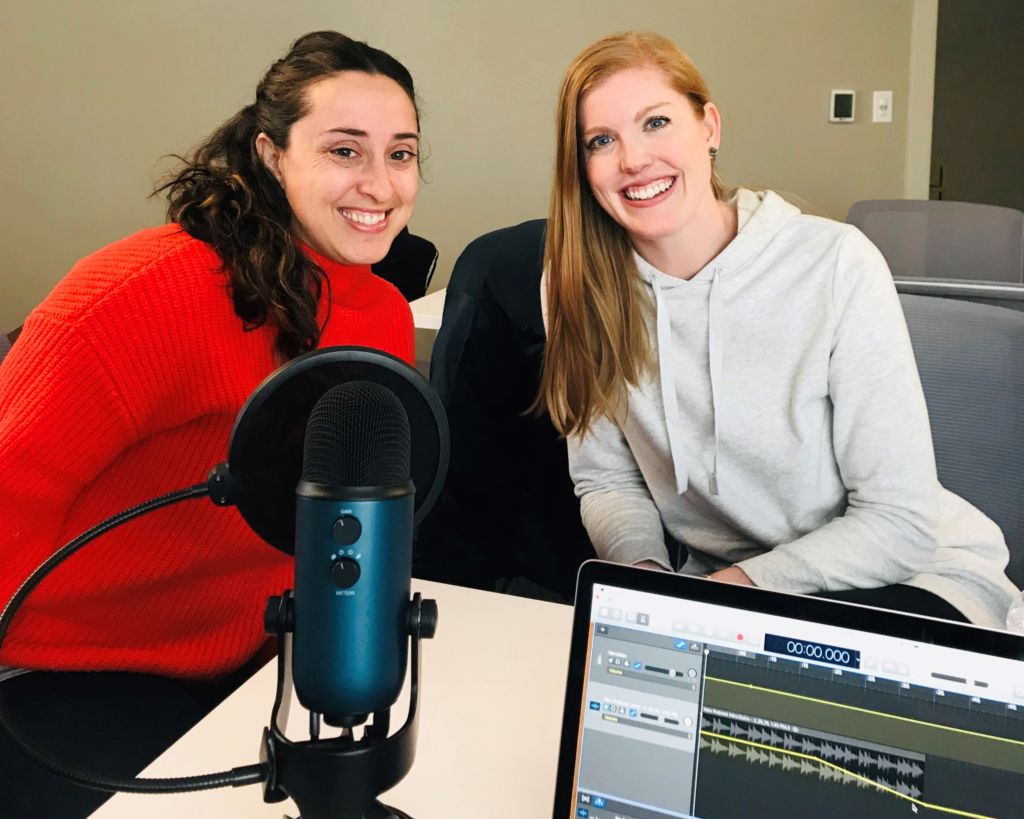
Hear two experts talk about the link between a baby’s tongue and breastfeeding. What are some signs of a tongue tie and what does that procedure even look like? Shira Johnson, IBCLC, and Dr. Katie Swanson, Certified Pediatric Dentist, give us some insight into breastfeeding a newborn. You can listen to this complete podcast episode […]
Meet our new IBCLC, Cami!
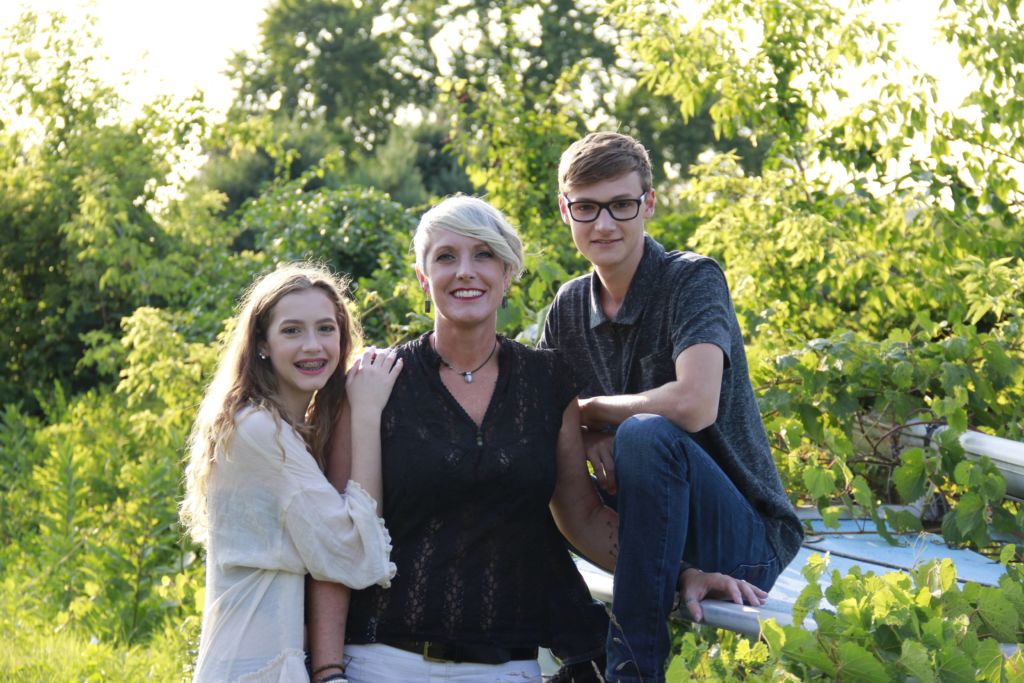
We are so excited to announce that we now have a Lactation Consultant on the lakeshore! Cami comes to Gold Coast with an amazing medical background and almost 20 years of experience as an IBCLC. Let’s get to know her a little better. 1) What did you do before you became an IBCLC? I have […]
Podcast Episode #64: Pediatric Dentistry and Speech Therapy
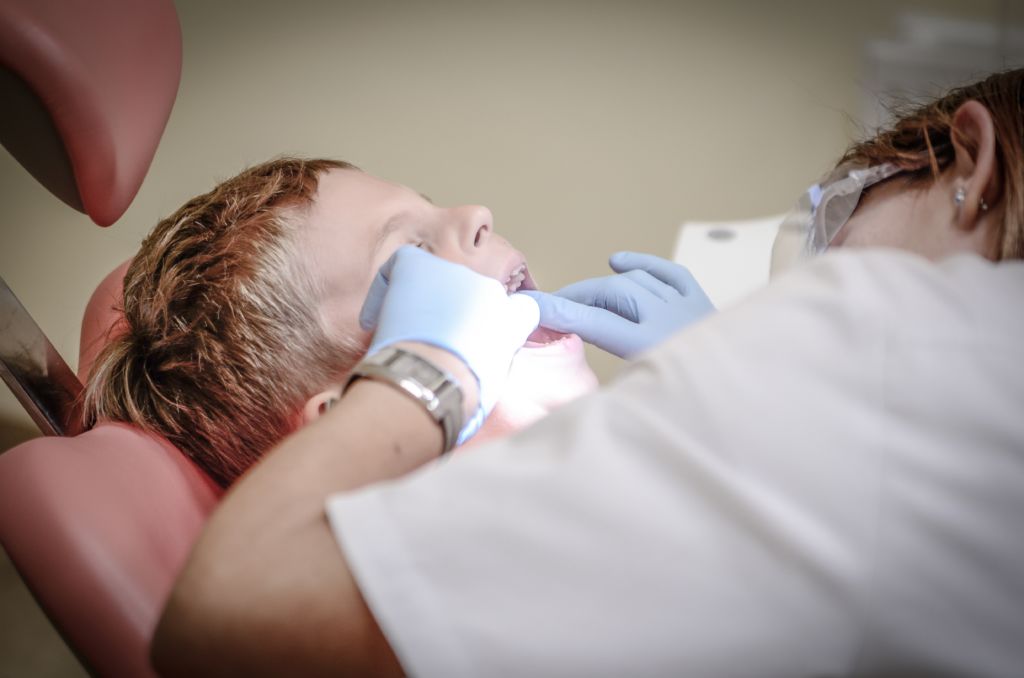
What do tongue ties, lip ties, oral aversions, and picky eaters have in common? Everything! Listen as two experts talk about how pediatric dentistry and speech therapy are both helping parents discover ways to help their children. You can listen to this complete podcast on iTunes or SoundCloud. Alyssa: Welcome to Ask the Doulas. I […]
Doula Support for Adoptive Families
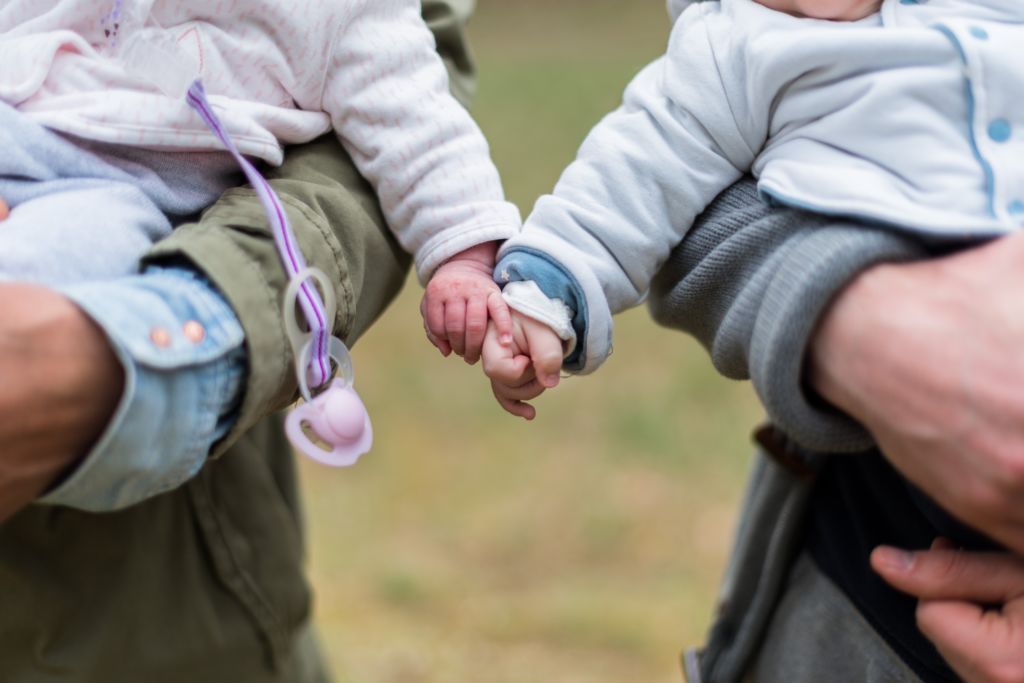
Most parents probably don’t think about hiring a doula if they aren’t pregnant. They think of a birth doula only supporting a laboring mother, but that couldn’t be farther from reality. Birth doulas can support any parent. Postpartum doulas can support adoptive families by helping them to prepare for baby’s arrival and in-home after baby […]
7 Things You Didn’t Know About Breastfeeding

Today’s guest blog is written by Natalie Michele of Maternity At Home. As soon as you start to breastfeed, most of the women you meet on a daily basis, including your mom, friends, and even acquaintances, will have one or two things to tell you about what to do when nursing a baby. Some will […]
Newborn Sleep Tips
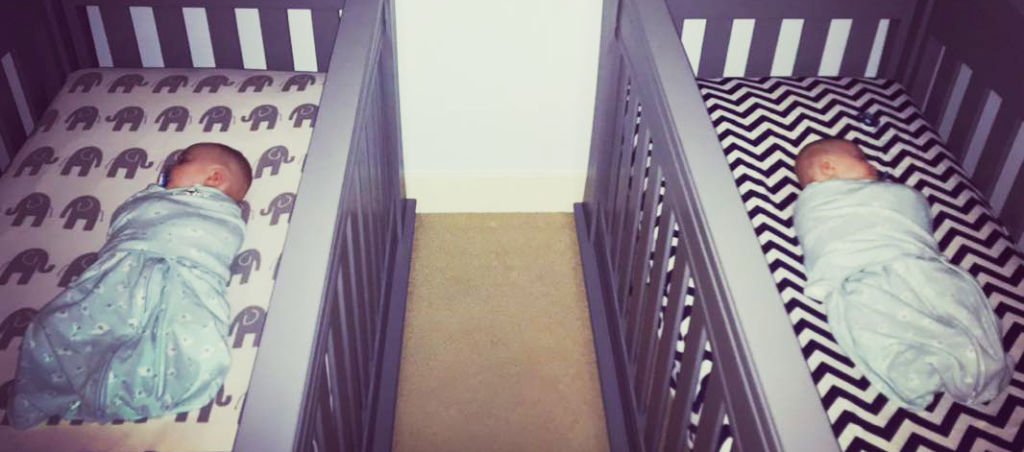
As a sleep consultant, I get asked often how early you can sleep train a baby. My answer is this – Most babies are ready around 12 weeks, but it’s never too early to start introducing heathy habits to make the sleep training go smoothy when baby is ready. Why 12 weeks? Most babies are […]
My role as a postpartum doula.

Our very own Jamie Platt, BSN, RN, CLC, CPST shares her personal insights on what it’s like to be a postpartum doula. What is the role of a postpartum doula? What does it look like, and how might a doula support the breastfeeding relationship between mom and baby? A postpartum doula can take care of […]
Podcast Episode #28: Plagiocephaly and Torticollis

What is Plagiocephaly? Torticollis what? Jessica Buikema of Hulst Jepsen Physical Therapy talks about both and what parents can do to prevent them and how physical therapy can help their baby. Listen to the podcast on iTunes or SoundCloud. Alyssa: Hello. Welcome to another episode of Ask the Doulas. I am Alyssa Veneklase, co-owner […]
Podcast Episode #21: Supporting a Cesarean Birth
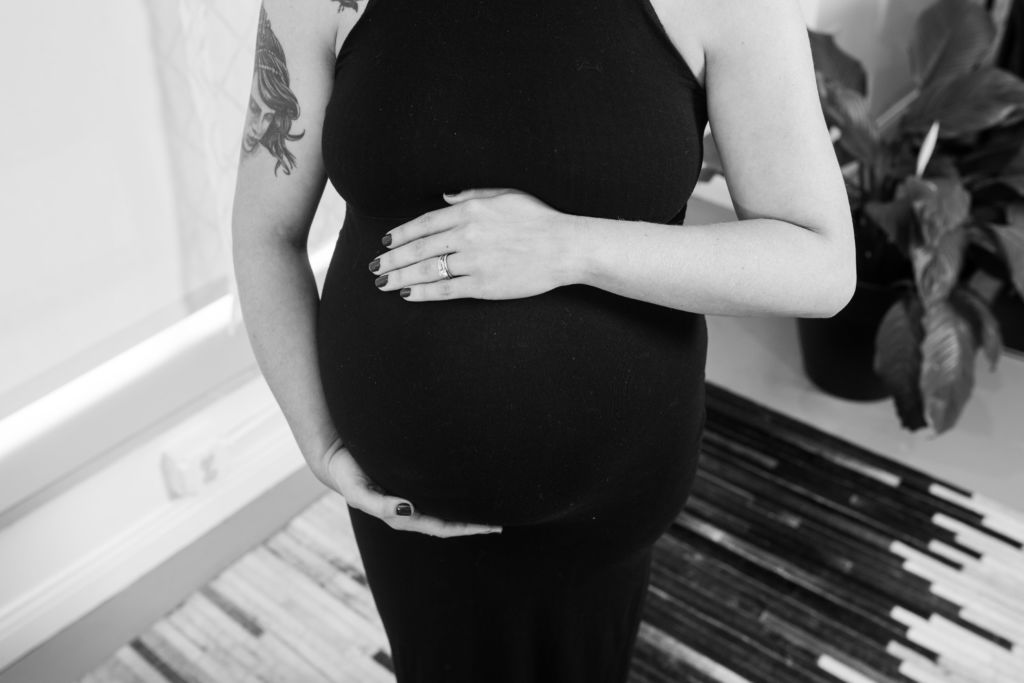
April is C-section Awareness Month! On this episode of Ask the Doulas, Alyssa and Ashley talk about how birth doulas provide support during a Cesarean section delivery. You can listen to the full podcast episode on iTunes or Soundcloud. Alyssa: Hi, welcome to Ask the Doulas with Gold Coast Doulas. I am Alyssa, co-owner […]
Podcast Episode #19: Lisa’s Postpartum Journey
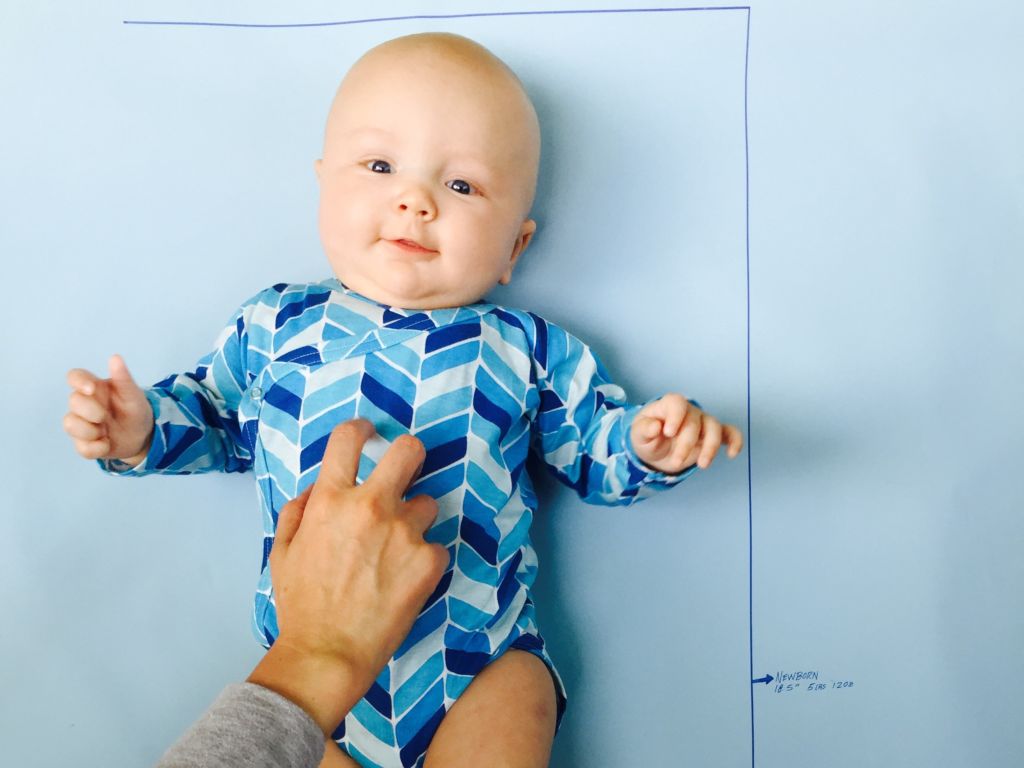
On this episode of Ask the Doulas, Alyssa talks with Lisa about her postpartum doula and how having a doula helped with her recovery. You can listen to the complete podcast on iTunes and SoundCloud. Alyssa: Hi, welcome to another episode of Ask the Doulas with Gold Coast Doulas. I am Alyssa Veneklase. […]
Tandem Nursing
This article was written about four years ago by Kristin when she was tandem nursing both of her children. She recently stumbled upon it and we thought it would be a beautiful piece to share with all of you! I never imagined myself as a tandem nursing mom, it just worked out that way. My […]
Podcast Episode #8: Kristin’s Experience with the NICU
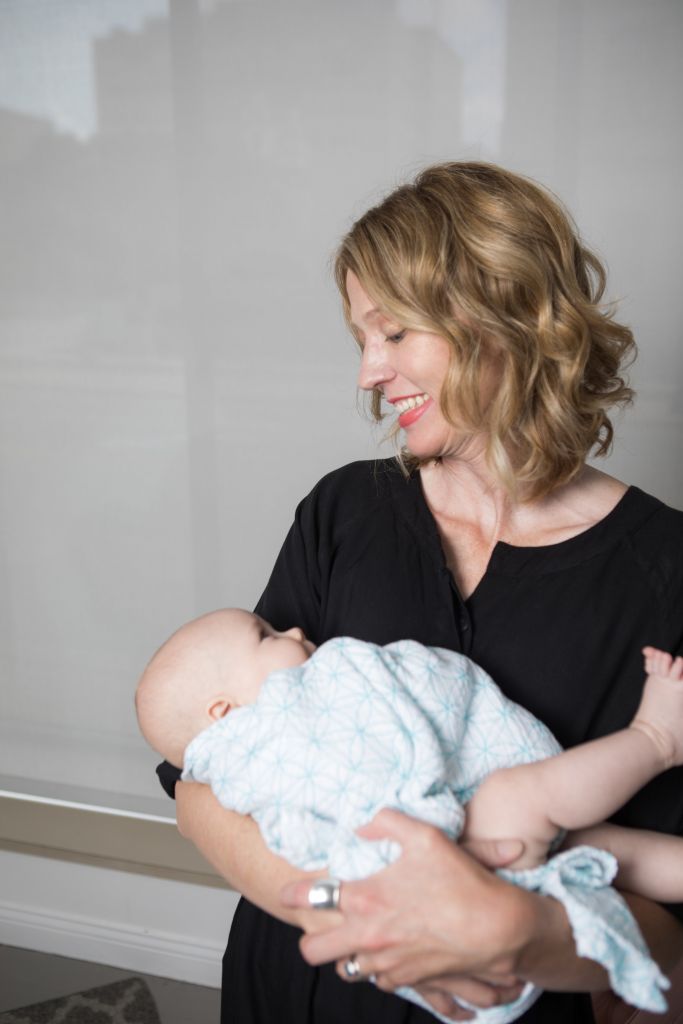
In this episode of Ask the Doulas, Kristin shares her experiences with the NICU when her daughter was born. You can listen to this complete interview on iTunes. Alyssa: Hi, welcome back to another episode of Ask the Doulas with Gold Coast Doulas. I am Alyssa, and we are talking to my partner Kristin today. […]
[un]common sense: Buy them what they asked for

[un]common sense is a blog about navigating through everyday life, using some common sense tips to make it just a bit easier, and sometimes a little more fun. Alyssa is a wife, mother, and postpartum doula who has some tricks up her sleeve and wants to share them with the world. Well now, don’t you […]
